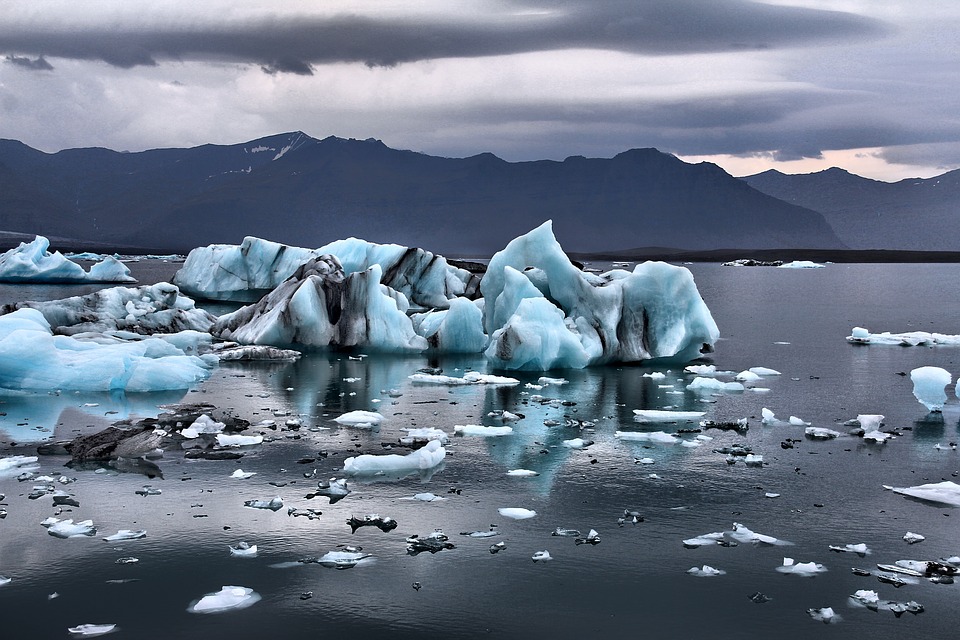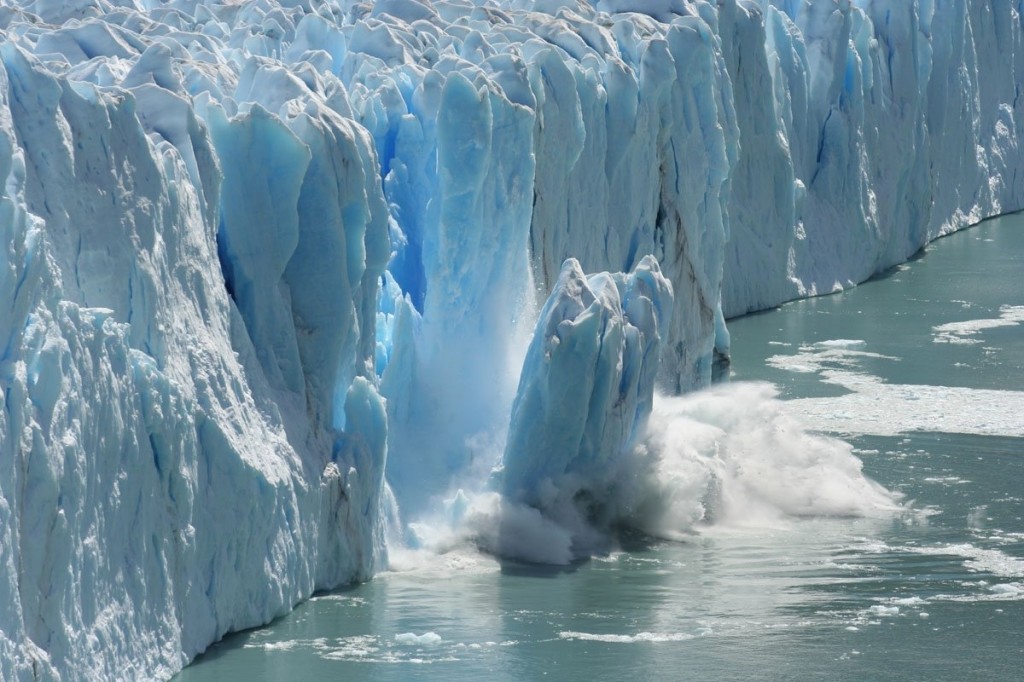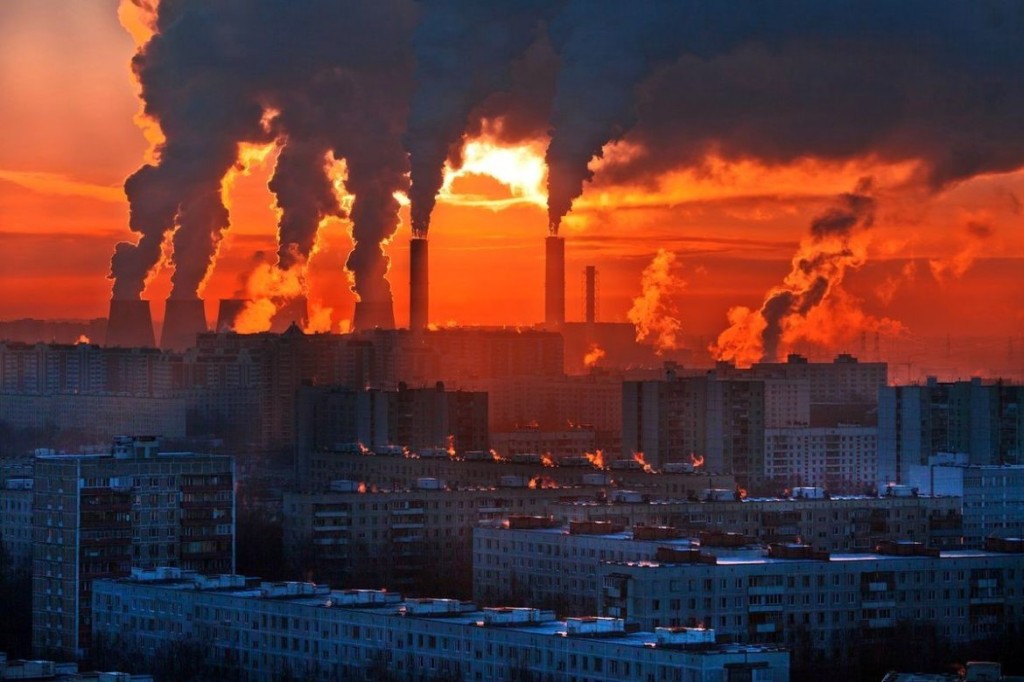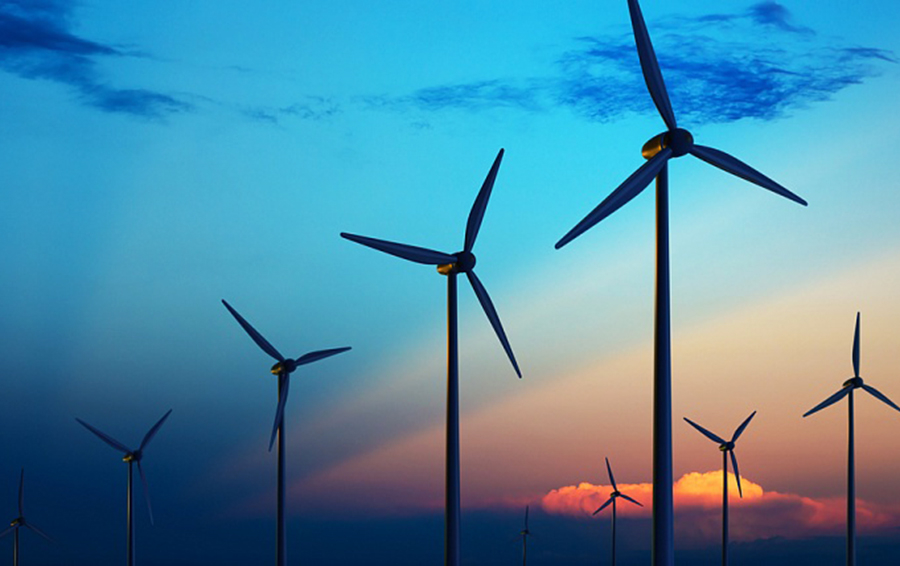April 7, 2021
Non-ice future of the Earth: what is dangerous melting of glaciers
In August this year, an unusual funeral was held in Iceland. Glaciologists from around the world gathered in Borgarfjordur to say goodbye to glacier Octocore. There has been no ice or snow here for several years. The fact that they once existed here, reminds only a plaque. And this is not the last glacier to die, scientists say.

Ice-free poles
Over the past 40 years, the melting of ice in Antarctica has increased 6 times. The North of the planet has already lost 75% of its ice cover. Lars Smedsrud, a Professor at the University of Bergen, notes that the amount of ice in the Arctic ocean is declining even in winter. And in the summer of 2020, most of the seas will be completely clean.
The situation is no better in Antarctica, which stores 90% of the world's fresh water supply. Or kept: since 1992, the mainland has lost three trillion tons of ice. Moreover, the rate at which ice melts has increased significantly over the past 6 years: 219 billion tons annually against 76 billion tons in 2012.

What was the cause?
The main reason is, of course, global warming. The average temperature on the planet rose by half a degree. It would seem, it is a little, however such figures are catastrophic. Scientists suggest that increasing the temperature by another degree will cause the collapse of the existing climate system.
In 2018, a second «Warning to humanity from scientists around the world» was published (the first appeared in 1992), signed by more than 15,000 scientists from around the world.

«Warning» directly indicates the dependence of global warming on human activity. The main reasons are:
* population growth of 35% since 1992;
* increased greenhouse gas emissions from fuel combustion;
* active deforestation;
* livestock development and increased methane production.
What can we expect?
Scientists ' forecasts are disappointing. By 2070, the sea level may increase by 25 cm. provided that this rate is maintained, by 2100, the sea level will increase by half. Coastal cities, including St. Petersburg, will be at risk of flooding.
The growth of fresh water and the constant increase in sea level will lead to changes in ocean currents, and therefore the climate itself. Such changes will hurt the entire ecosystem – and humans as a part of it.
The melting of glaciers is fraught with threats that people do not even know. Thus, in 2016, an anthrax epidemic broke out in Yamal, affecting deer and causing the death of one person. One of its reasons was the dispute thawing of permafrost. Who knows what else awaits us in the ice?
What to do?
The authors of the "Warning", who have studied in detail the climate threat hanging over humanity, are categorical: the salvation of mankind - only in a complete revision of life. In particular, a complete transition to renewable energy sources and the abandonment of conventional fuels based on chlorofluorocarbons, as well as a transition to plant-based food and a reduction in livestock production are required.

Scientists also offer local methods of solving problems. For example, miniature glass spheres made of silica, which are planned to be poured on the ice of Antarctica. These spheres will reflect sunlight and slow the melting of ice. Now this invention is being tested on a frozen lake in Alaska.
But much more important is the question: what each person can do in order to save the glaciers and the entire planet? Scientists see a way out in the reasonable consumption of resources. For example, giving up a personal car or saving electricity will be your contribution to reducing the greenhouse effect.
Each person's contribution may be small. But every such act will be a drop in the ocean of good deeds.
Read more
July 31, 2024
April 12, 2024
April 5, 2024